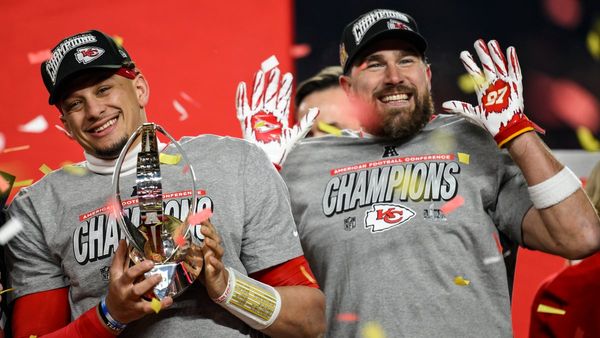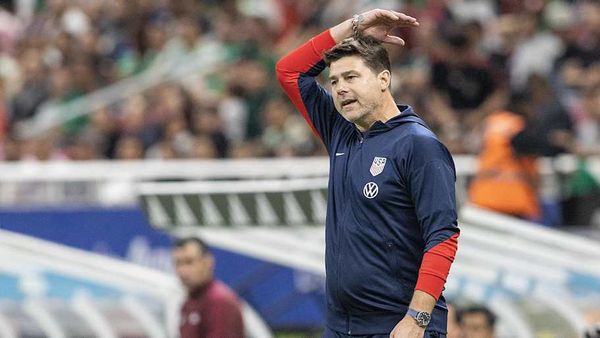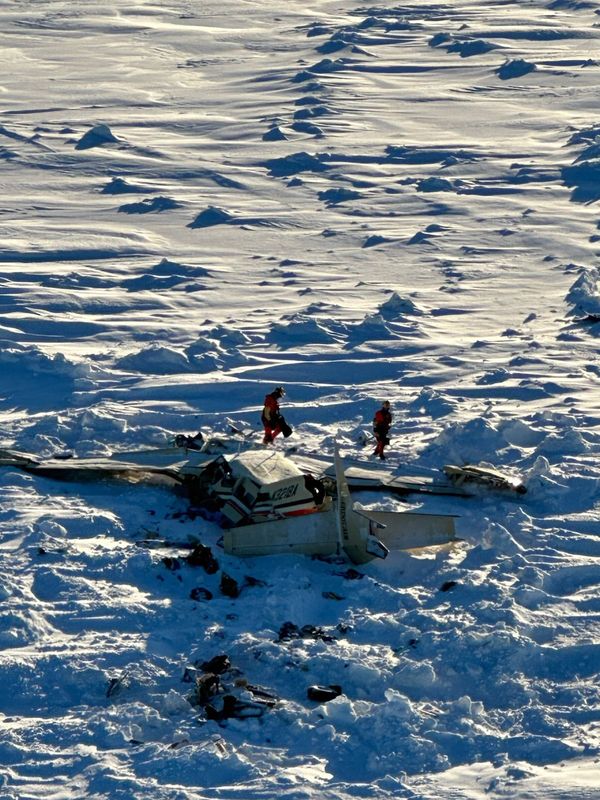Given the latest surge in COVID-19 cases — thanks to omicron subvariant BA.5, deemed the most transmissible yet — and the relatively new threat posed by monkeypox, which has been spreading globally since May, one might expect the public health establishment to be asking for heightened precautions or at least vigilance.
One would be wrong.
Has it been judged too early for warnings? Is there a new wariness over causing too much alarm over too little infection? Is it an acknowledgment that pandemic fatigue has left the public highly skeptical? Whatever the reason, the usual suspects from the Centers for Disease Control and Prevention to Baltimore’s own Johns Hopkins Bloomberg School of Public Health aren’t exactly clanging the alarm bells of late.
Is that the right call? Given the general public’s current reluctance to stick to the basic precaution of wearing masks indoors as COVID continues, it feels suspiciously like a truce, if not a surrender. Where have you gone Anthony Fauci? When last we heard, President Joe Biden’s chief medical adviser was telling reporters to take the monkeypox virus seriously and called for more testing of it, suspecting that the nearly 2,000 probable or confirmed cases in the United States were an “undercount.” But an aggressive push to warn the public, at least beyond the gay community where most monkeypox cases have been traced to date? Not crickets exactly, but hardly the kind of warnings heard early in the COVID pandemic. While monkeypox is rarely lethal, the sores it causes are painful, and the virus is evolving fast.
Meanwhile, BA.5 remains on the upswing in Maryland and elsewhere. The CDC reports an average of more than 126,000 new COVID cases per day and more than 6,000 new hospital admissions, both of which are up significantly from one month earlier — and that’s with substantially less testing than at the height of the pandemic. Yet how many people are still wearing their masks to the grocery store? Maybe one-third? One-quarter? Less? Even checkout clerks dealing with hundreds of customers each day are going without.
Indeed, how many politically conservative candidates for public office are at this exact moment running on a platform of promises to not return to COVID precautions? In Maryland, for example, the leading Republican candidates for governor went into the primary election on Tuesday with dueling ads promising that “lockdowns” would be a thing of the past under their administrations. Really? They can see into the future? What’s next, a promise never to vaccinate? To never declare a public health emergency? To toss the mask supply just in case we’re tempted?
Nobody is every going to claim that the U.S. response to the pandemic has been perfect to date. Far from it. But we’re not sure what’s worse, a public health establishment that acts too aggressively in the face of one or more diseases, or one that prefers to sit on its hands. The former may get a lot of criticism for slowing the economy unnecessarily but the latter is likely to allow more Americans to become sick and possibly die (while new daily deaths average in the 300s, it was just a few months ago that they were numbering several thousand). That’s a Hobson’s choice. And illness is not without consequence, either. Aside from the risk of long COVID, quarantining and taking time off from work affects families, vacation plans and the economy.
Let’s remove this from politics and judge the circumstances strictly on the science, which means it’s not yet time to completely lower our defenses. This is not the moment to shun masks and join indoor crowds and generally throw caution to the wind. Get your shots (including boosters) and wear properly-fitted masks inside among crowds.
None of this seems too much to ask — if our public health leaders would please keep asking for it.
____
Baltimore Sun editorial writers offer opinions and analysis on news and issues relevant to readers. They operate separately from the newsroom.







